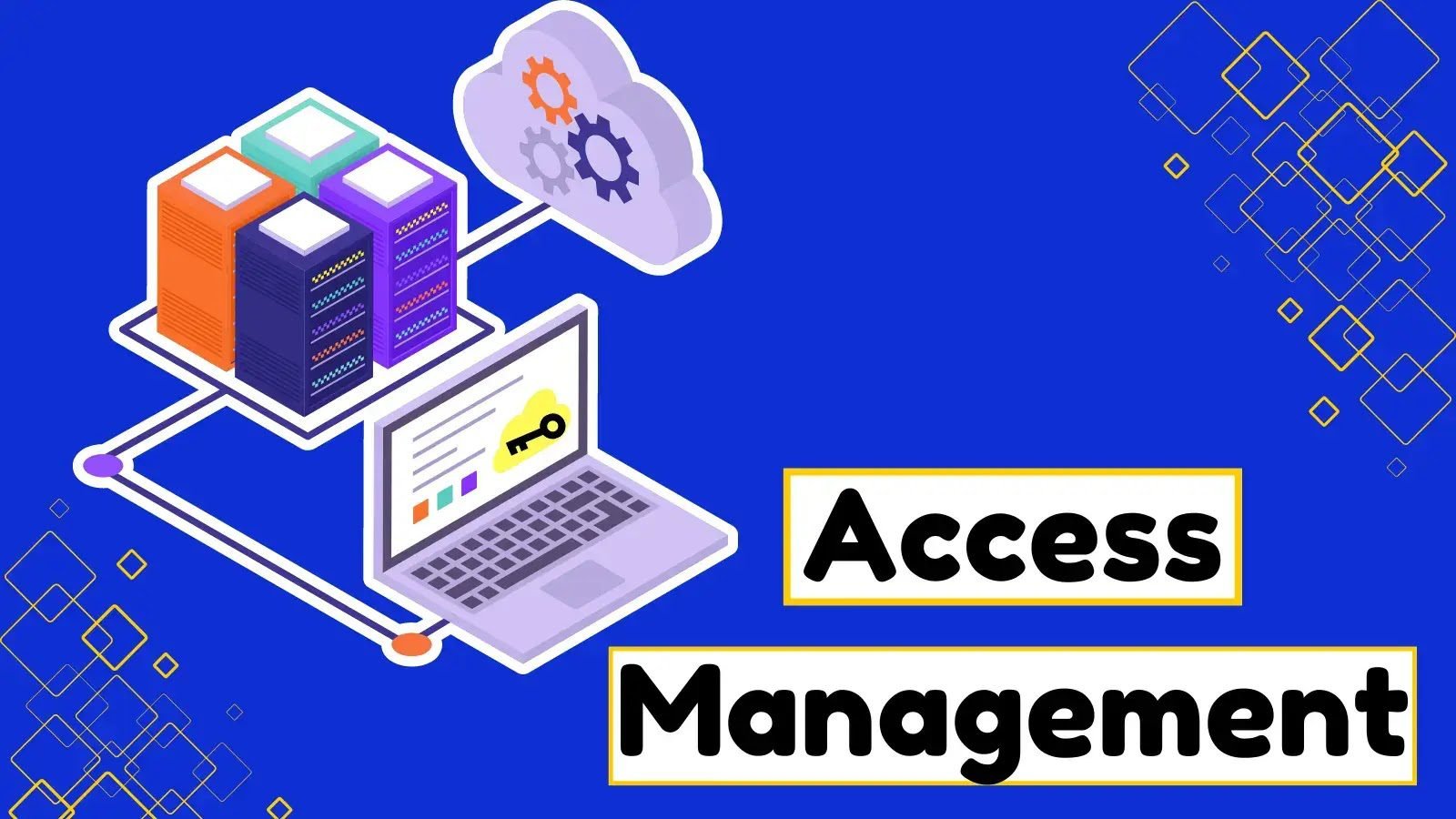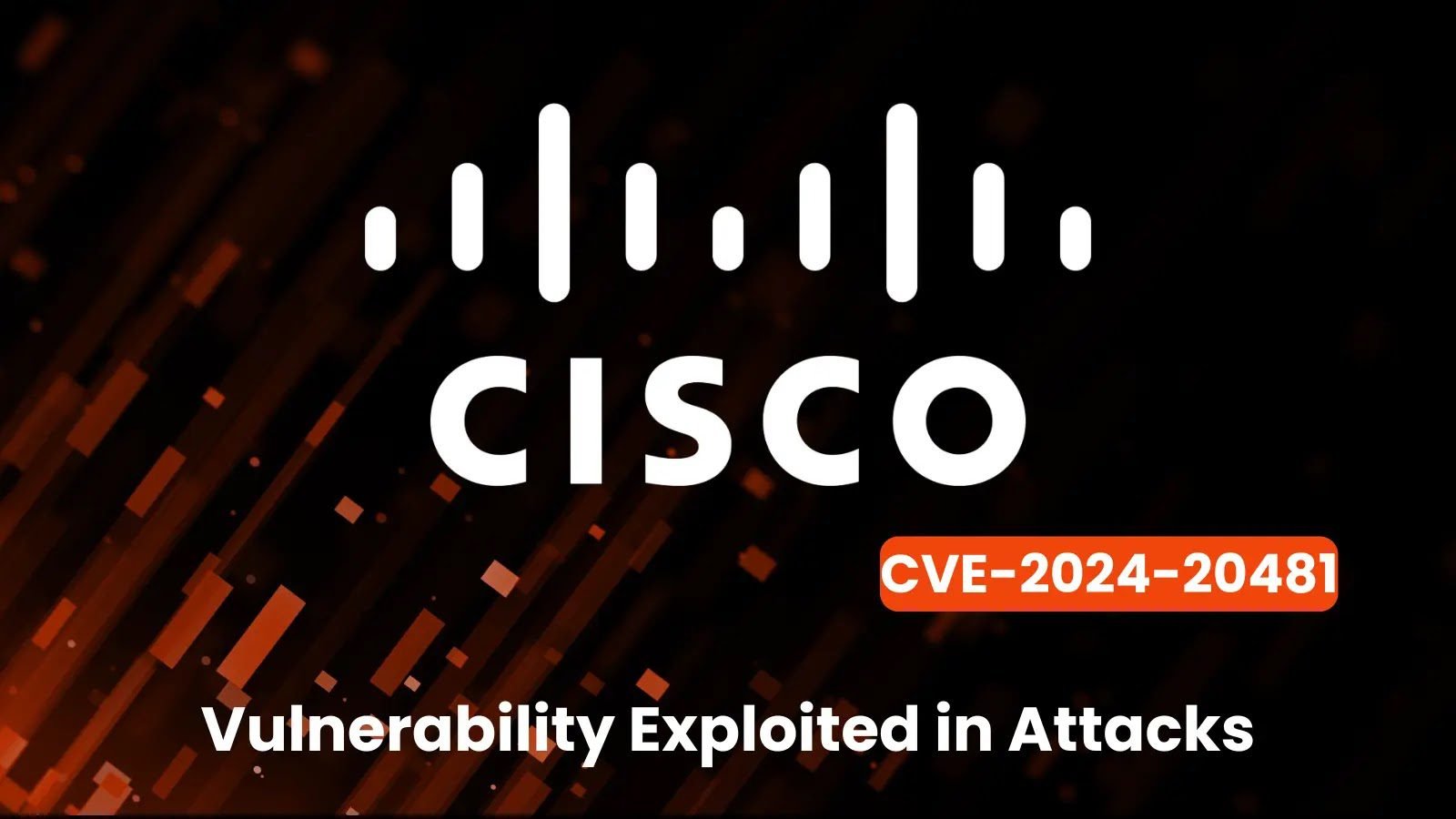Firewall Tips and Tricks for Secure Remote Work Environments
Securing remote work environments is crucial to protect sensitive data and maintain the integrity of your network. Firewalls play a significant role in this security strategy. Here are some tips and tricks to enhance firewall security for remote work environments:
- Update and Patch Regularly:
- Ensure that your firewall software and hardware are up to date with the latest security patches. Regular updates help protect against known vulnerabilities.
- Use Next-Generation Firewalls (NGFW):
- Invest in NGFW solutions that offer advanced threat detection capabilities, intrusion prevention, and application-layer filtering. These can provide more comprehensive protection compared to traditional firewalls.
- Implement VPNs (Virtual Private Networks):
- Utilize VPNs to create a secure, encrypted tunnel for remote workers to access the corporate network. This ensures that data transmitted between the remote device and the corporate network is protected from interception.
- Multi-Factor Authentication (MFA):
- Enable MFA for remote access to add an extra layer of security. Even if login credentials are compromised, an additional authentication step enhances security significantly.
- Segmentation:
- Segment your network to restrict access to sensitive resources. This limits the impact of a potential breach and prevents lateral movement within the network.
- Whitelisting and Blacklisting:
- Implement whitelisting to only allow approved applications and services to run on your network. Simultaneously, maintain a blacklist for known malicious entities.
- Logging and Monitoring:
- Enable comprehensive logging to monitor network activities. Regularly review logs to detect any unusual patterns or potential security incidents.
- User Education:
- Educate remote workers about security best practices, such as not sharing passwords, recognizing phishing attempts, and reporting any suspicious activities promptly.
- Default Configuration Changes:
- Modify default settings on your firewall to avoid potential vulnerabilities. Change default usernames, passwords, and ports to make it harder for attackers to exploit known weaknesses.
- Regular Security Audits:
- Conduct periodic security audits to identify and address any vulnerabilities in your firewall configurations. This helps ensure that your security measures remain effective over time.
- Geo-Filtering:
- If applicable, consider implementing geo-filtering to restrict access to your network based on geographic location. This can help prevent unauthorized access from specific regions.
- Incident Response Plan:
- Develop a comprehensive incident response plan to effectively handle security breaches. Ensure that remote workers are aware of the procedures to follow in case of a security incident.
- Regularly Review Access Controls:
- Regularly review and update access control lists (ACLs) to ensure that only necessary and authorized traffic is allowed through the firewall.
- Cloud Firewall Solutions:
- If your organization uses cloud services, consider using cloud-based firewall solutions to protect cloud resources and applications.
By implementing these firewall tips and tricks, you can significantly enhance the security posture of your remote work environment. Keep in mind that security is a continuous process, and regular updates and improvements are essential to stay ahead of potential threats.




